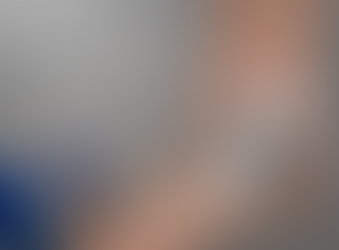Film directing in a completely digital world
- Jorge Cruz
- Dec 7, 2016
- 2 min read
Editing your short film on a Steenbeck flatbed happens to be a beautiful journey. Very romantic and analog, it’s a great experience that allows you to literally touch your film, your hard work and your passion for storytelling.
Nowadays I see someone shoot in HD format and edit on their phones, and it just blows my mind, still does. The incredible easy access to high-tech software and affordable equipment has created an immense wave of new content that can be overwhelming at times.
Crafting a shot list and defining a vision in the pre-production is a beautiful process that can be diluted when shooting in digital. Back in the day every second cost money. Film is not cheap nor is developing a couple of reels. With digital cameras we don’t experience that pressure; we can shoot as many takes as we want and it’s alright because it does not cost you anything and won’t blow up your budget. But this also leaves a lot of room for repetition of the same action and capturing too much footage, which loses the necessity for making a true effort when directing an actor and creates a big headache for the editor.

I personally still prepare for my productions as if we were shooting on film. I feel that it makes me a better director, motivates me to work in depth with the talent and it keeps me in check in the pre-production phase. I prefer to do some light rehearsal with the actors and explain what I’m looking for in their performances rather than shooting 15 takes of the same scene.
Digital video is an amazing tool that I really enjoy, but it shouldn’t become a free pass to not be prepared as a director, having a weak pre-production phase, and making my editor go through endless takes, making it much harder to pick the right one.
Analog film forced directors to rely on and respect the entire team rather than simply lean on technology, and this is a mentality I hope to maintain in the digital age.
























Comments